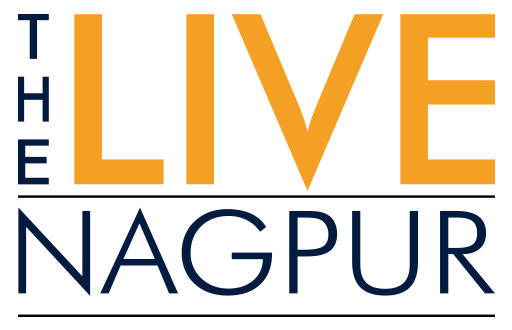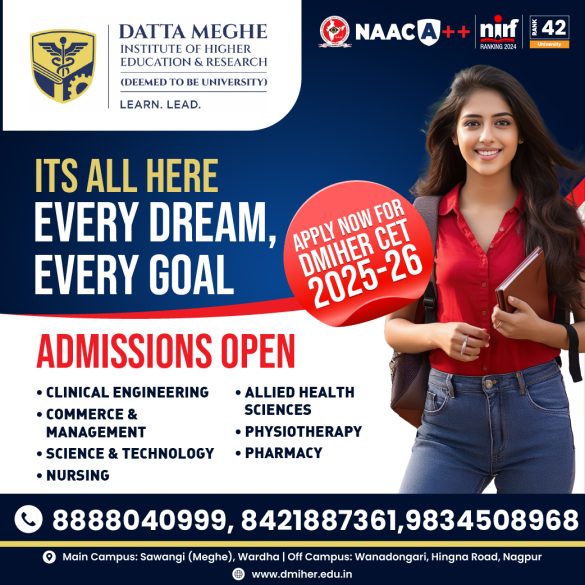Reverse shoulder replacements have offered a new lease of life and hope to patients who had to suffer from recalcitrant pain and limited mobility of the shoulder , either from arthritis of the shoulder or an irrepairable rotator cuff injury, which had made activities of daily living like removing clothes , sleeping on the side , soaping ones back a painful experience.
What is Reverse Shoulder Replacement?
It is a type of surgery designed to relieve pain and restore function in the shoulder joint, especially when the traditional methods of treatment have failed seen commonly in elderly patients and uncontrolled diabetics—the usual replacement may not be effective.
The ingenious idea of reversing the contour of the bearing surface , was against the philosophy of the conventional shoulder replacement. As in the name, this procedure “reverses” the natural anatomy of the shoulder. This reversal allows different muscles to take over the function of the primary rotator cuff muscles, enabling patients to regain mobility and strength in their shoulder.
Why Reverse Shoulder Replacement?
Reverse shoulder replacement is particularly beneficial for patients who have failed previous treatments, such as physical therapy or corticosteroid injections, or in those whose fractures have fallen apart due to poor bone stock, and for those who suffer from severe arthritis combined with a torn rotator cuff muscles.
This surgery was carried out for the first time at Orange City Hospital , on an elderly patient who had an inability to lift his right arm , with pain and disability on lying on the side. He had suffered a yet undiagnosed rotator cuff tear and was being treated by various other specialists for a frozen shoulder. MRI showed that he had developed migration of the bone superiorly due to a torn and retracted rotator cuff .Orthopedic team lead by Dr Nirbhay Karandikar and supported ably by Lt Col. Dr Ajit Bhaskarwar undertook the task. Dr Anita Pandey, Anaesthetist and the team of intensivists lead by Dr. Rajesh Atal , provided medical back up for the elderely gentleman to ensure a smooth recovery. Dr Atul Dekate and his team of physiotherapist were as essential members of the team along with the operating theatre personnel, Sr. Nisha Ashok.
The procedure took around two hours, and was uneventful despite his elderly age . The gentleman spent two days in the hospital following surgery and began physical therapy shortly afterward. Full recovery takes around three months. One month post operatively, the senior citizen in his follow up visit was independently changing his shirt, lifting his hands, and doing simple tasks that he was unable to do earlier.
Dr Vidya Nair, Chairperson highlighted that this procedure has the potential to restore quality of life and bring mobility back to patients who otherwise would be left with limited options. It is a transformative treatment option for individuals suffering from severe shoulder conditions.
👉 Click here to read the latest Gujarat news on TheLiveAhmedabad.com



